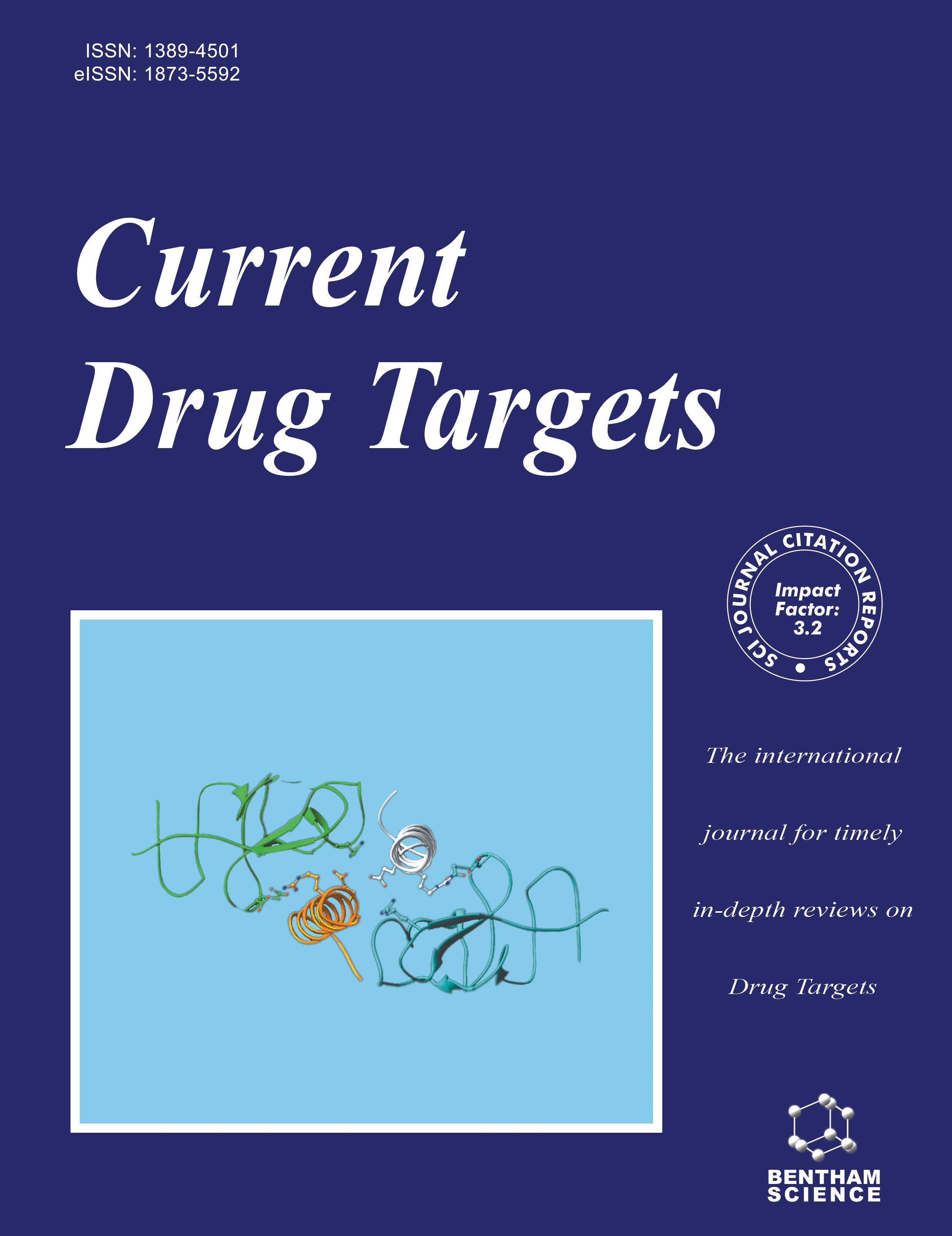
Full text loading...
We use cookies to track usage and preferences.I Understand
Chronic inflammation mediated by microglia is a cause of some neuroinflammatory diseases. TLR4, a natural immune receptor on microglia, plays an important role in the occurrence of inflammation and the process of diseases. TLR4 can be activated by a variety of ligands to trigger inflammatory responses, including endogenous ligands HMGB1, S100A8/9, Heme, and Fetuin-A. As ligands derived from the body itself, they have the ability to bind directly to TLR4 and can be used as inducers of aseptic inflammation. In the past 20 years, targeting ligands rather than receptors has become an emerging therapeutic strategy for the treatment of diseases, so understanding the relationship between microglia, TLR4, TLR4 ligands, and corresponding diseases may have new implications for the treatment of diseases. In the article, we will discuss the TLR4 and the endogenous substances that can activate the TLR4 signaling pathway and present literature support for their role in neuroinflammatory diseases.

Article metrics loading...

Full text loading...
References


Data & Media loading...

